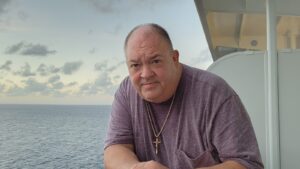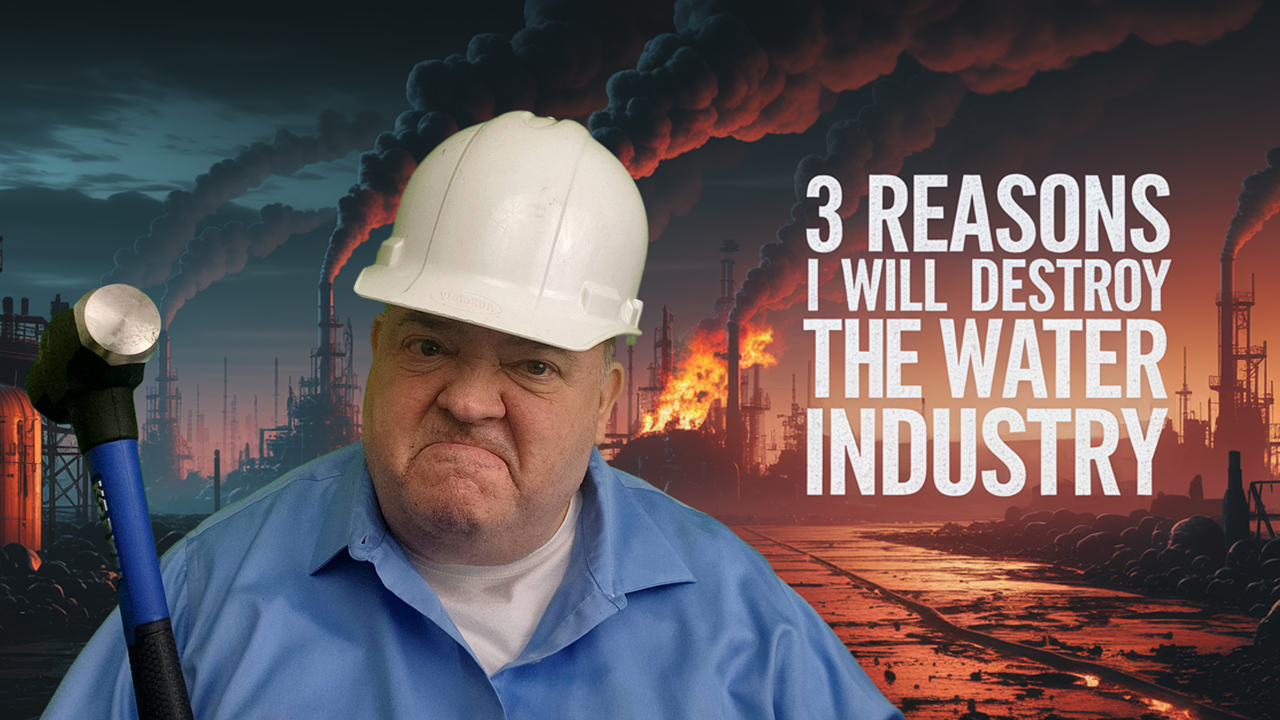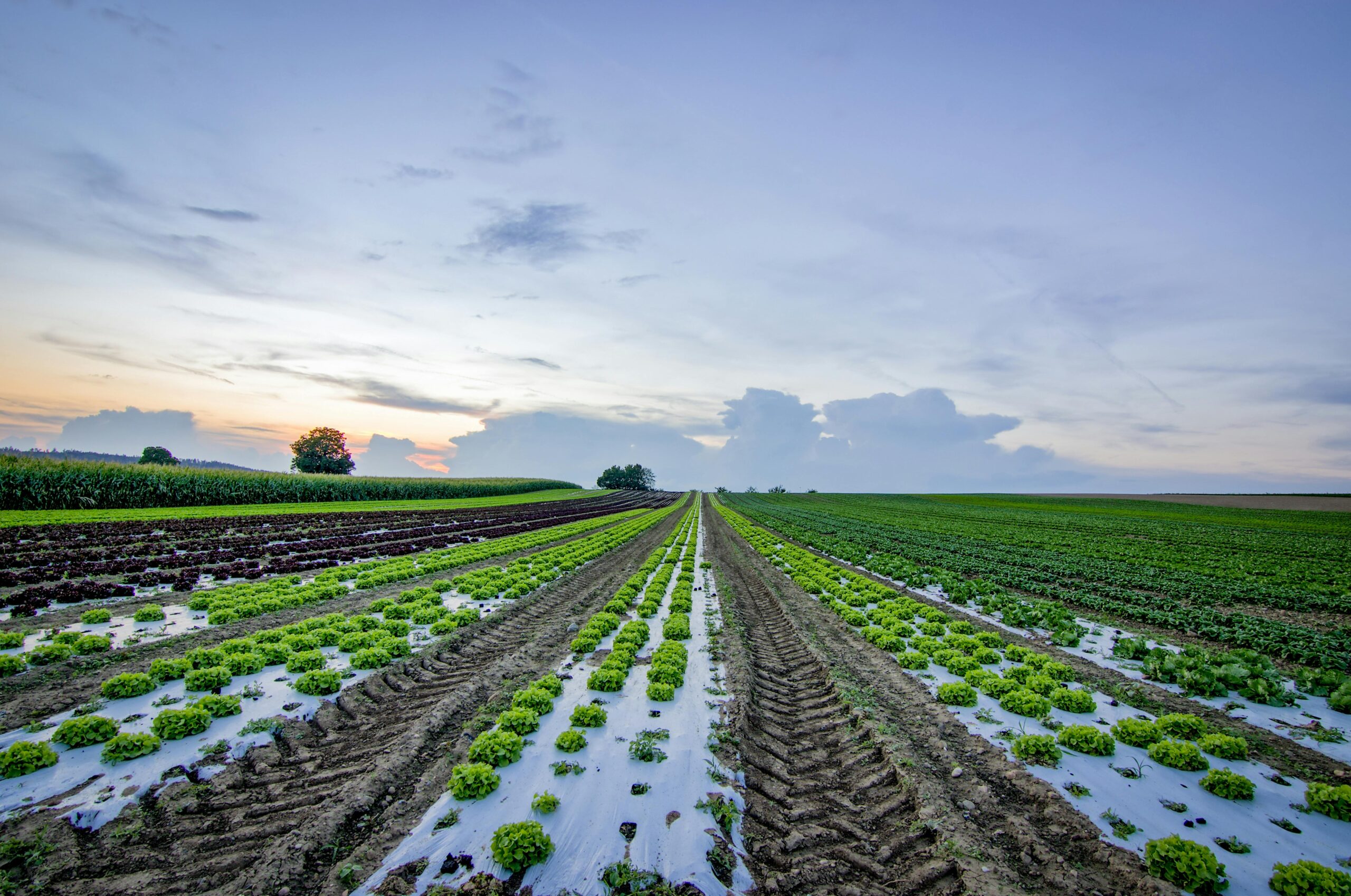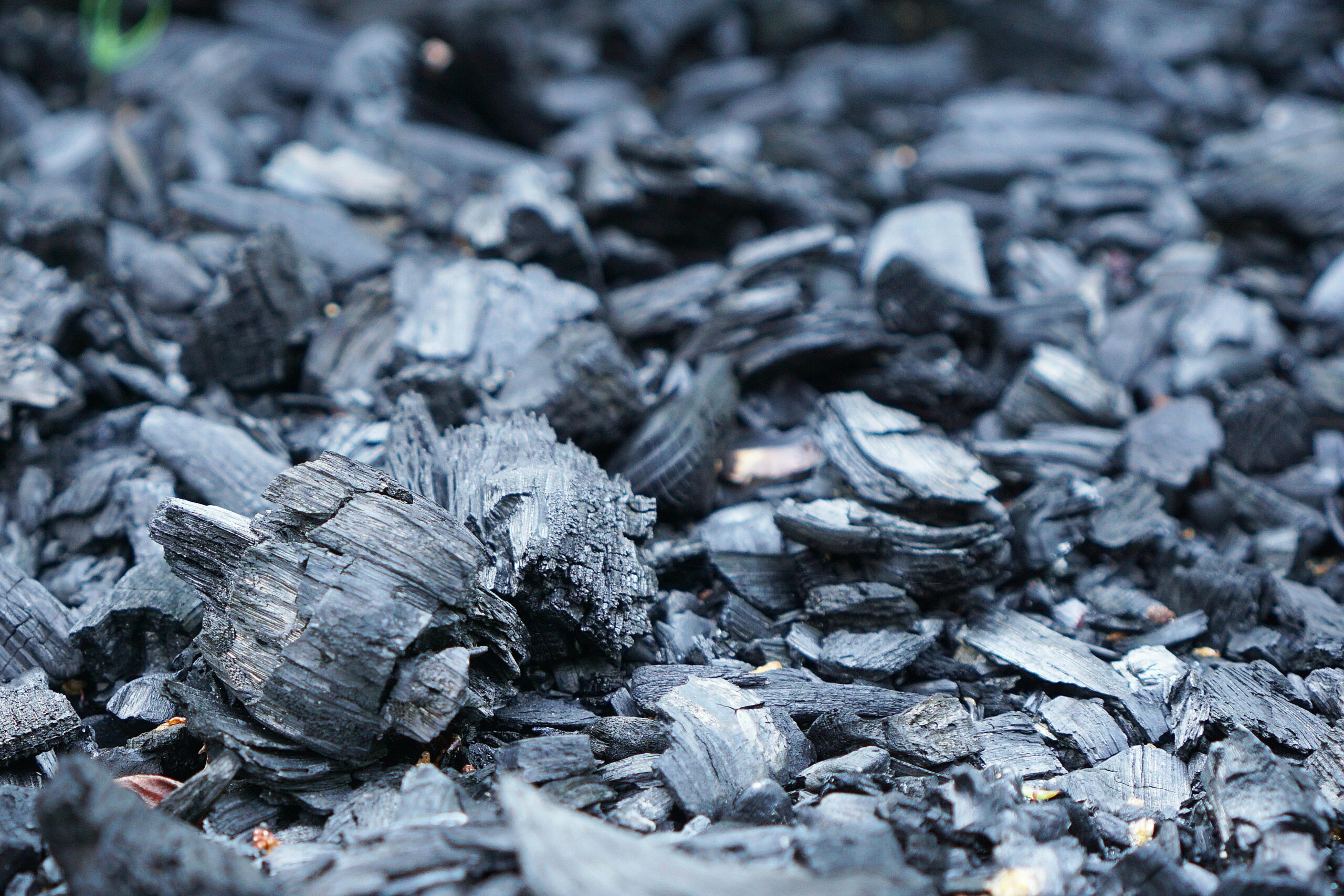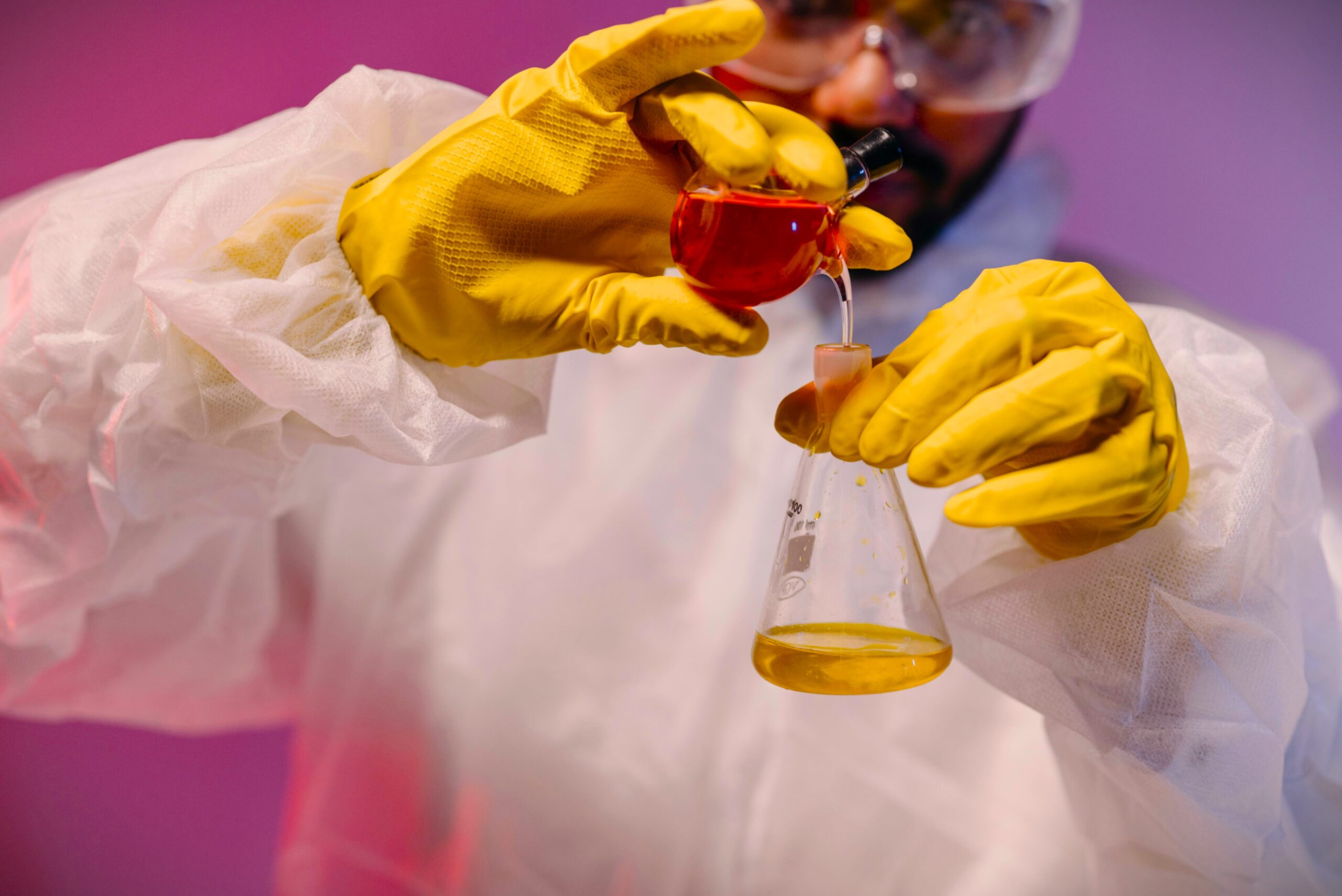When I began designing and selling Reverse Osmosis (RO) systems circa 1975, very few people ever heard of the technology let alone understood it. Today, RO is a common technology found in many homes, but many still do not understand why it is called Reverse Osmosis. So, how about we take a closer look? The accompanying figure will help with the description.
The key to an RO system is something called a semipermeable membrane (SPM). It allows water to pass in both directions, but it does not allow contaminants to pass through it. By using this membrane and some engineering, we can pass clean water through and collect it on the other side, with the contaminants being held back on the other side. Before we talk about RO let’s talk about Osmosis.
If we were to put two solutions with different concentrations of salts into a container with two compartments separated by a SPM we would find water would flow from the lower concentrated side into the less concentrated side. The water level on the less concentrated side would rise to a higher level and the water on the more concentrated side would lower. This process is called osmosis. The force of the water transfer that causes this water level rise is called osmotic pressure.
In water purification this process would not be useful to us because it simply is diluting the salts on the higher concentrated side, and leaves us with less pure water, and not more pure water.
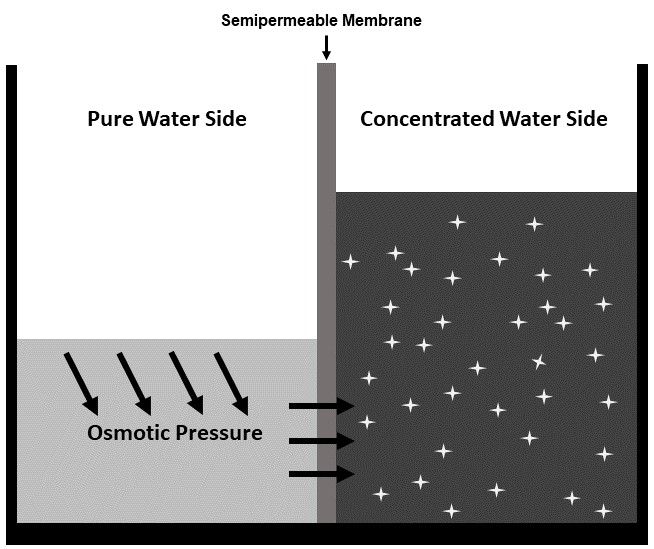
OSMOSIS – Understanding the osmotic process is the first step to building a Reverse Osmosis Machine
Now let us consider Reverse Osmosis (RO). In this process we apply pressure, generally via a pump, to the contaminated side of the membrane, counteract the osmotic pressure, and literally force clean water out, backwards into left side of the semipermeable membrane. Hence the name, Reverse Osmosis.
It is important to note that the osmotic pressure that the pump must overcome to send water in the reverse direction of osmosis increases with the amount of solute/salts/ minerals in the feed water. As an example, a simple tap water RO unit can operate on as little as 50 psi while saltwater systems may require 600 psi or even more. Osmotic pressure is the culprit for making RO desalinization expensive and engineering intense.
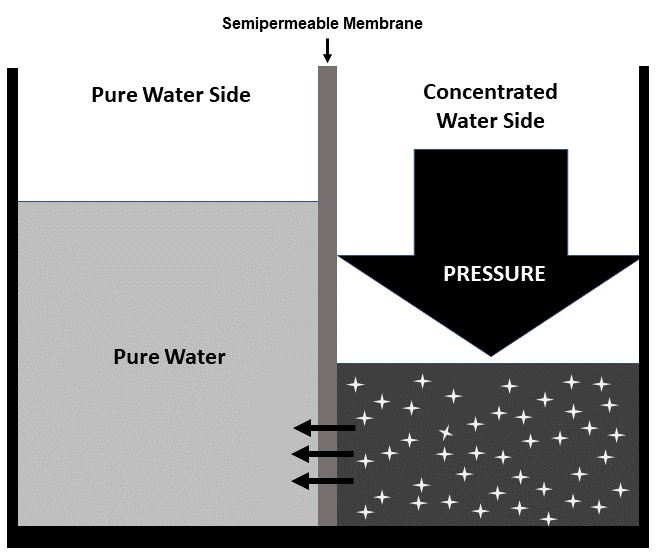
REVERSE OSMOSIS – As a simply to understand illustration we see that applying pressure to the area of high salt concentration allows us to achieve pure water.
Now that we know how to create an RO process in a two-compartment tank, we need to know how to build an actual RO machine that will give us a continuous flow of purified water. We need five ingredients to convert our RO tank to become a purified water-producing machine capable of continuous flow.
- A fresh tap water feed line
- A pump to overcome the forward flow of osmosis and drive production at a higher flow rate than just line pressure
- A product collection outlet to collect the purified water we are about to make
- A waste/reject line to allow water from the RO machine to go to drain
- A reject valve to adjust the ratio of purified RO water produced to the amount we send down the drain
These ingredients are shown in the drawing provided
It is important to note that no RO machine can be 100% efficient. The better ones can achieve a production efficiency ratio of 75 – 80%. This ratio is commonly called the recovery rate. A machine that has a recover rate of 65% for instance will produce 65 gallons of purified RO water while sending 35 gallons of concentrated water to the drain.
Remember, an RO system does not destroy contaminants, but rather merely concentrates them and forces water into the purified line. The reason that and RO system cannot ever be 100% efficient is because there must be water sent to drain to transport all the concentrated contaminants away from the RO membrane. Otherwise, the contaminants would build up and plug the RO membrane.
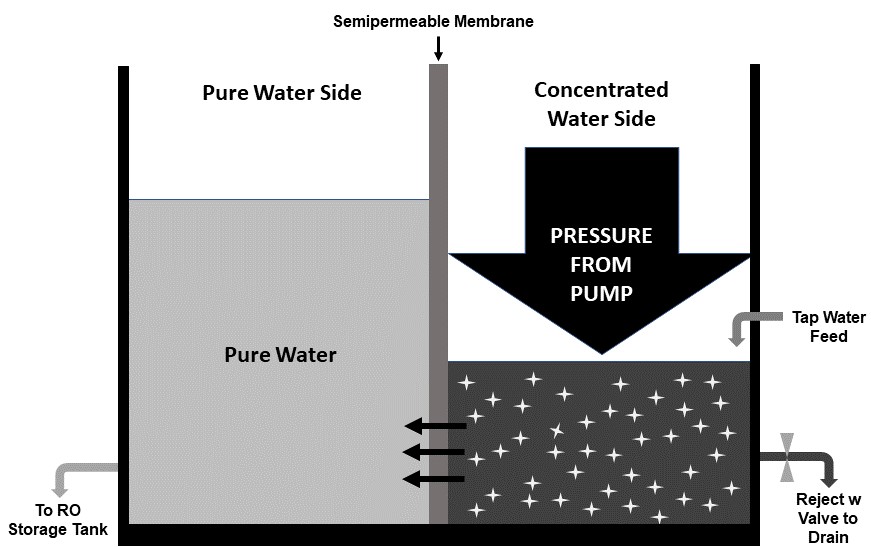
RO MACHINES – Serve as the most popular and practical technology to achieve pure water. Bottled water, IV solutions, power generation, painting of manufactured parts, electronics and more depend on Revers Osmosis Technology

